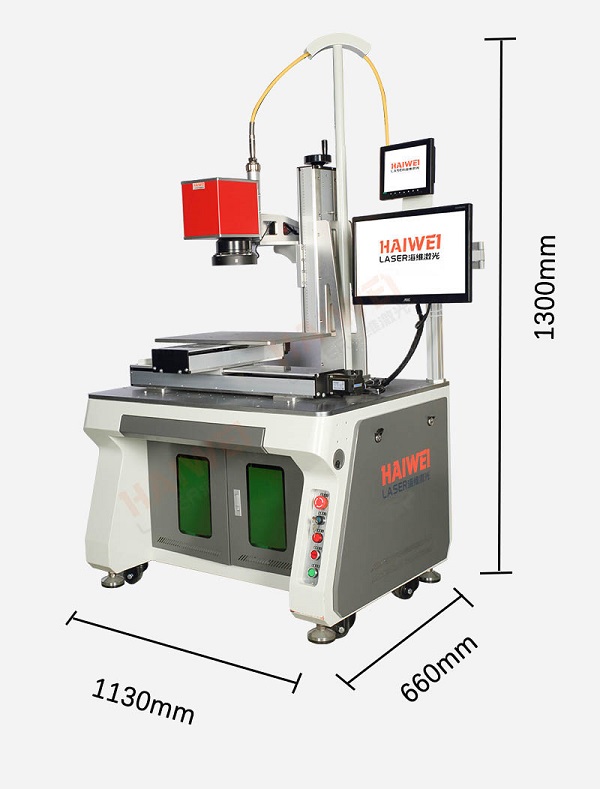The Flexibility of Laser Welding Machines in Modern Manufacturing
When evaluating a laser welding machine, one of the most valuable yet often overlooked features is flexibility. In today’s dynamic production environments, where product designs change frequently and batch sizes vary, a flexible system can adapt quickly—reducing downtime and supporting multiple applications on a single platform.

Adaptability Across Materials and Thicknesses
A well-configured laser welding machine can handle a wide range of metals, including stainless steel, carbon steel, aluminum, copper, and titanium. With adjustable power, pulse shaping, and beam delivery options, the same system can weld thin foils (0.1 mm) and materials up to 3–4 mm thick, depending on the application. This versatility makes it suitable for industries from medical devices to automotive components.
Integration with Different Motion Systems
Flexibility also comes from how the laser is deployed. A single laser welding machine can be integrated with robotic arms, gantry systems, or fixed workstations. For complex 3D paths, a six-axis robot allows full spatial access. For high-speed, repeatable tasks, a gantry or XY table may be more efficient. Some systems even support swappable welding heads, enabling quick transitions between seam welding, spot welding, and remote scanning.
Support for Manual, Semi-Auto, and Full Automation
Unlike rigid welding methods, modern laser welding machines can scale with production needs. The same core system can start as a manual benchtop unit for prototyping and later be upgraded to a fully automated line with conveyors and vision guidance. This scalability helps companies manage costs while maintaining process consistency.
Quick Changeover and Process Repeatability
With stored welding recipes and programmable parameters, switching between jobs takes minutes, not hours. Combined with intuitive software interfaces, this allows operators to maintain high repeatability across different parts.
The flexibility of a laser welding machine lies not just in its technical specs, but in its ability to evolve with your production needs. When selecting a system, consider how easily it can adapt to new materials, part geometries, and automation levels—Haiwei Laser’s integrated approach ensures smooth scalability and long-term reliability, making it a practical choice for dynamic manufacturing environments.
Recent Posts
- What are the advantages of laser welding machines in lithium battery pack production lines?
- What issues should be noted when choosing a lithium battery pack production line?
- Quality Inspection and Control of Lithium Battery Module Pack Production Line
- Cell grouping and sorting process in lithium battery module pack production line
- What are the safety hazards of lithium battery pack production lines and how can they be prevented?
INQUIRY

